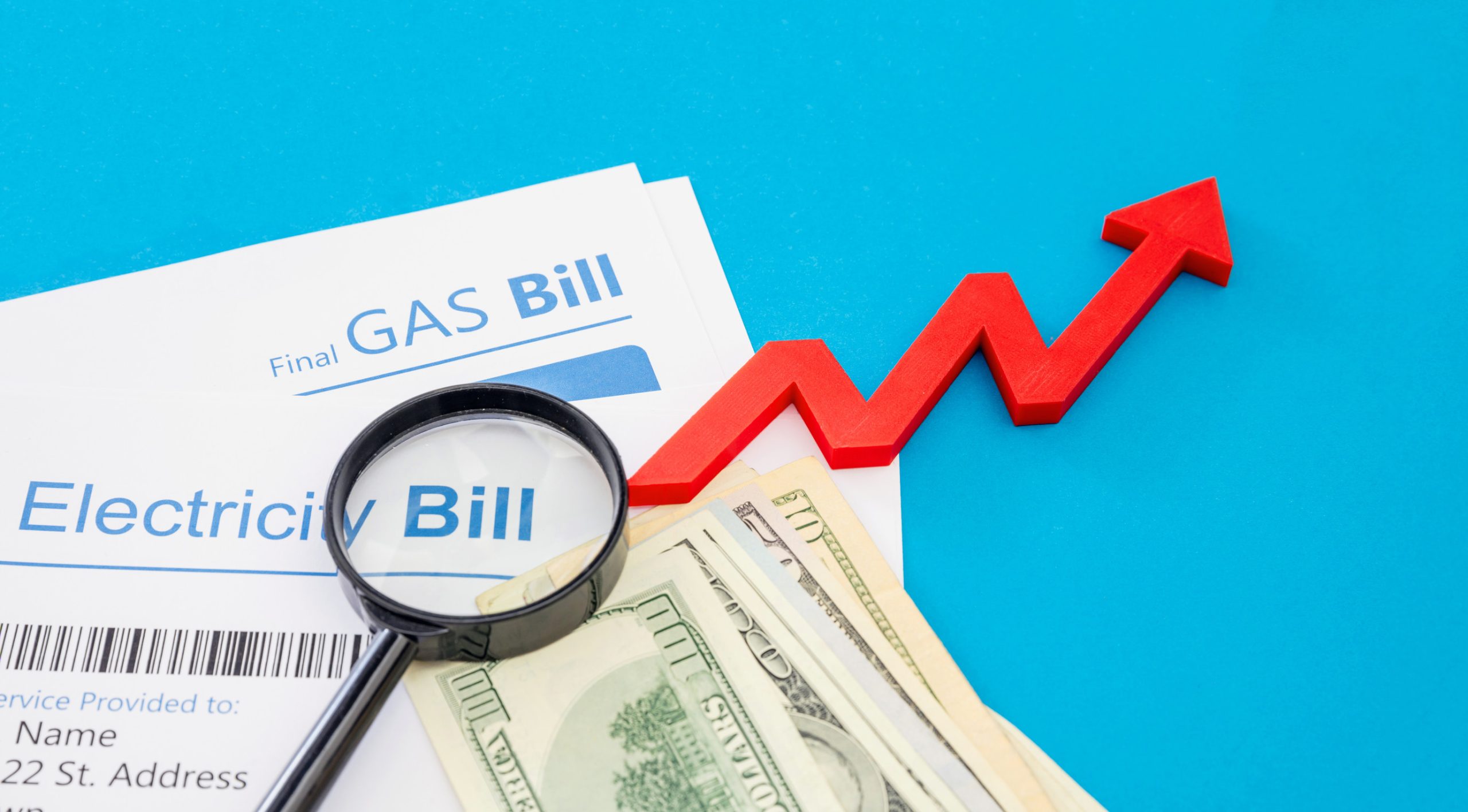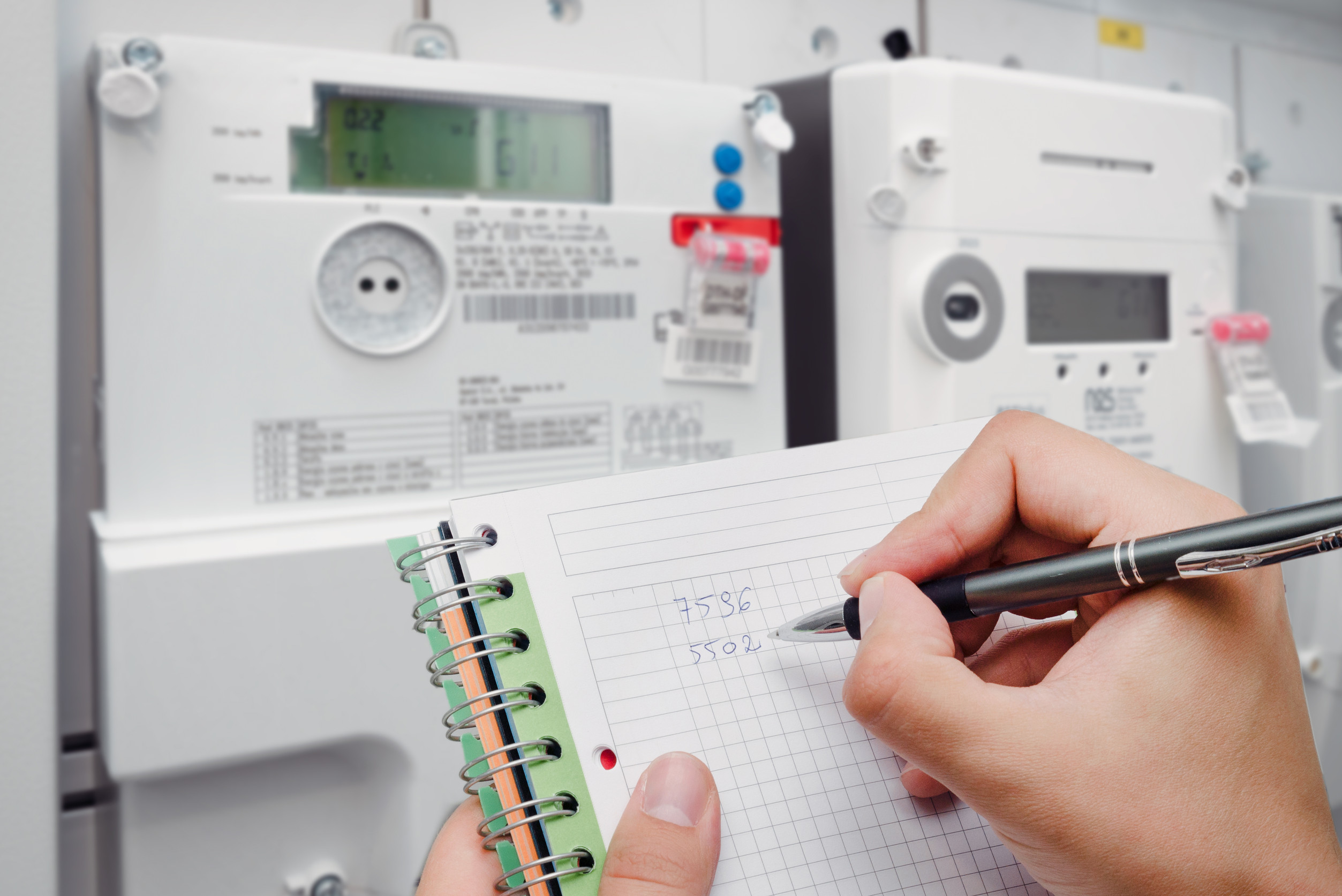Small towns are supposed to be the cheaper alternative—the escape from big-city prices, the place where dollars stretch further, and neighbors still wave at each other on quiet streets.
But lately, a growing number of residents in smaller communities are opening their bills and gasping. The water bill? Higher than the state average. Electricity? Climbing faster than the national charts. Suddenly, life in small-town America is packing a hidden financial punch, and people are asking one thing: why are utility costs rising so much higher in places that are supposed to be affordable?
Small Towns Don’t Have Big City Economies of Scale
Utilities are cheaper to run when thousands of households share the costs, and that’s exactly what small towns don’t have. A rural electric grid may stretch for miles between homes, yet it serves only a fraction of the people a city network would. That means maintenance, upgrades, and staffing are spread over fewer customers. Smaller tax bases also mean limited funding to subsidize local utility departments. In short, fewer people footing the bill equals bigger monthly charges for everyone.
Old Infrastructure Demands Expensive Fixes
Many small towns are running on infrastructure built decades ago, and it’s reaching its breaking point. Rusting pipes, outdated water treatment plants, and power lines strung up before smartphones even existed all demand costly repairs. Replacing those systems isn’t optional—it’s survival. Because the customer pool is small, repair costs can’t be spread widely, which spikes rates. That’s why one crumbling water main can push an entire town’s utility bills higher.
Fewer Businesses Mean Less Revenue
Big cities enjoy a wide variety of commercial and industrial customers who consume utilities at high volumes and pay hefty bills. Small towns rarely have factories, tech companies, or skyscrapers full of office workers burning through power and water. Without these “anchor” customers, the utility revenue burden falls mostly on households. That forces local governments and utility boards to keep raising rates to balance the books. The absence of a strong business base turns residential bills into the lifeline for the entire system.
Regulations Hit Smaller Communities Harder
State and federal regulations require utilities to meet strict safety, environmental, and service standards. While large cities can absorb compliance costs without much pain, small towns often struggle. When a new wastewater treatment rule comes down, it might mean millions in upgrades for a rural system serving only a few thousand people. Those costs don’t disappear—they get passed straight to local customers. In effect, the same regulations that keep water clean and air safe pack a bigger punch in towns with fewer wallets to share the weight.
Utility Boards Often Lack Oversight
In many small towns, utility boards and commissions operate with limited public attention and minimal oversight. Unlike big cities with watchdog groups, media scrutiny, and strong advocacy networks, smaller communities sometimes have just a handful of people making huge financial decisions. Rate increases can slip by with little debate because residents assume there’s no alternative. That lack of pushback encourages utility boards to raise rates more frequently. Transparency gaps often lead to higher bills without much accountability.
Energy Sources Can Be More Expensive in Rural Areas
Cities often benefit from direct connections to major energy grids, pipelines, or renewable projects. Small towns, on the other hand, may rely on older power plants, expensive fuel deliveries, or less efficient systems. For example, trucking propane into rural areas costs far more than tapping into a metro natural gas line. Limited bargaining power with energy suppliers also drives costs up. Small towns don’t always get the best deals, and that translates into steeper utility bills.
Debt from Past Projects Lingers for Years
When small towns take out loans or issue bonds to finance big utility projects, those debts can linger across decades. Every month, part of residents’ bills may go toward paying off upgrades that were made long before current homeowners even moved in. Because revenue streams are limited, towns can’t always pay these debts quickly. That means higher interest costs and drawn-out repayment schedules. Unfortunately, these financial ghosts keep haunting utility bills long after the ribbon-cutting ceremonies are forgotten.
Climate and Geography Play a Role
Utilities aren’t just about pipes and wires—they’re also about climate, terrain, and local geography. A desert town might spend more money on water treatment and delivery than a city near abundant freshwater. A snowy mountain town may face higher costs for maintaining power lines battered by winter storms. When the environment creates extra challenges, the costs inevitably show up in utility bills. Geography, in many cases, decides just how heavy that bill feels.
Population Decline Pushes Costs Higher
When people move out of small towns, the financial math gets worse. The same water plant or power grid must still operate, but now with fewer customers to support it. That shrinking base means every household pays more to keep the system alive. Even a modest population decline can send utility rates surging. Ironically, rising costs then encourage even more people to leave, creating a painful cycle.
Political Choices Matter Too
Not all utility hikes are unavoidable. Local leaders and utility boards make political choices about where to invest, how to spend, and whether to chase grants or outside funding. Some towns lean heavily on rate hikes rather than exploring alternative revenue options. Others choose short-term fixes that create long-term costs. The politics of small-town utilities can quietly shape the bills that land in every mailbox.
The Hidden Price Tag of Small-Town Living
Small towns may promise quiet streets, friendly neighbors, and a slower pace of life, but the utility bills tell another story. Without economies of scale, with aging infrastructure, and under the weight of regulation and debt, rural communities often pay more for the basics than their urban counterparts. The rising costs aren’t just numbers—they’re reshaping what it means to afford life outside the city. As more people notice the trend, conversations about fairness, oversight, and creative solutions are becoming urgent.
What do you think—are small-town residents being forced to carry too heavy a load? Share your thoughts in the comments below.
You May Also Like…
This One Utility Bill Could Delay an Entire Probate Case
Why Roommate Contracts Are Being Disputed in Record Numbers
8 Small Towns in America With Big-Time Charm Ranked for 2025
6 Celebrities You Didn’t Know Were From Small Towns
9 Laws That Seem Small But Ruin Thousands of Lives Yearly


